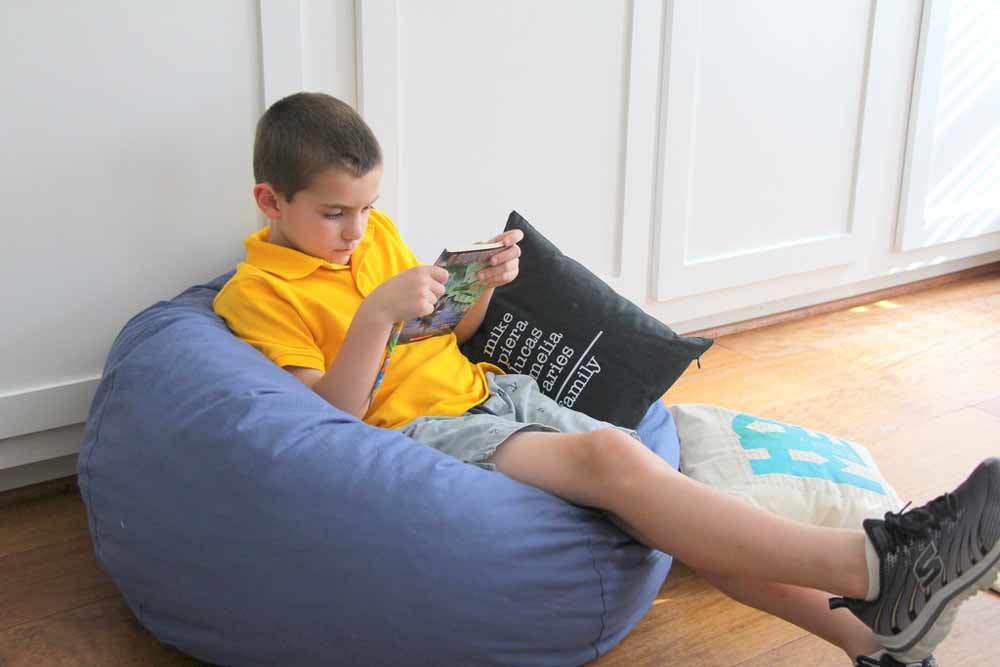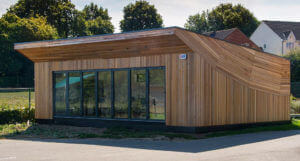
THE BENEFITS OF A DEDICATED SCHOOL READING ROOM
A school library is a valuable resource for students of all ages and abilities. And it’s more than just a nice place to study. Research shows that well-stocked, dedicated school reading rooms have a measurable, positive impact on learning outcomes.
THE EVIDENCE FOR READING ROOMS
There’s a wide body of research to make the case for school libraries. Two of the most pertinent recent studies are the 2017 National Literacy Trust report, A literature review of current provision and evidence of impact, and the Impact of school libraries on learning, from the Scottish Library and Information Council. Both stress the positive impact that school reading rooms can have on everything from attitude and motivation to academic exam results.
Attitudes to learning
More important than a student’s academic performance is their fundamental attitude to learning. The way we feel about education can shape the way we live and the choices we make long after our school days are over. So, anything that schools can do to encourage students to feel good about learning – creating positive learning environments both inside and outside the classroom – will make a lasting difference to their lives. The research shows that school libraries are directly associated with greater reading enjoyment, confidence and motivation.

LEARNING OUTCOMES
Predictably, the studies show a clear link between use of school libraries and reading ability. But access to libraries has wider-reaching effects. The use of a school library has also been shown to have an impact on performance in skills and subjects as diverse as writing, research skills, mathematics, history and science.
EXAM RESULTS
Rightly or wrongly, exam results are the metric that most often defines the success of a school (as well as determining the futures of its students). There’s no doubt that libraries can make a difference here; multiple studies have linked not only the provision of a standalone library, but the quality and quantity of the facilities it provides (such as the number of library staff and how many books are available to pupils) with improved test scores in a variety of academic subjects.
What makes a great school reading room?
Because there are no official statistics on the number of primary schools with libraries in the UK, the definition of a library can vary from school to school. In the National Literary Trust survey, some schools have a dedicated school reading room, while others may make do with book corners in classrooms. But all the evidence points to a separate, flexible reading space – preferably staffed by a dedicated librarian – being more beneficial. With library budgets falling as schools struggle for resources, this is difficult to achieve for many schools, but the benefits of doing so are clear.

BUILD AN OUTDOOR LIBRARY
If you don’t have sufficient space for a separate school library, an outdoor modular building could be the answer. Find out more about creating your specification for a modular education building.
